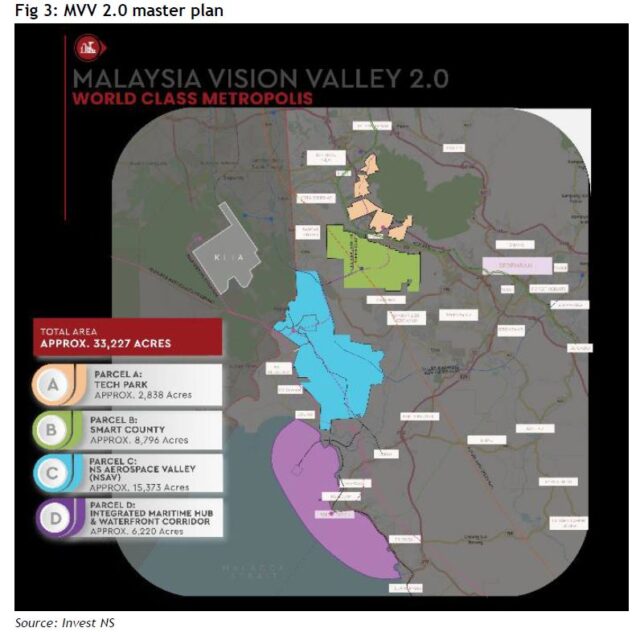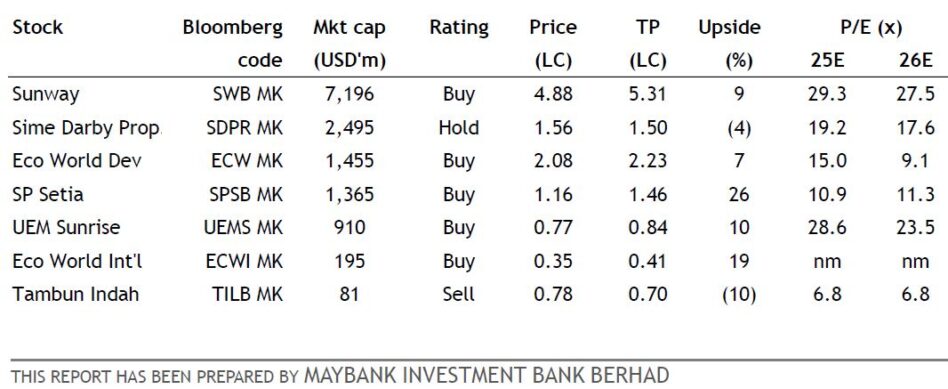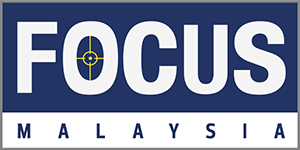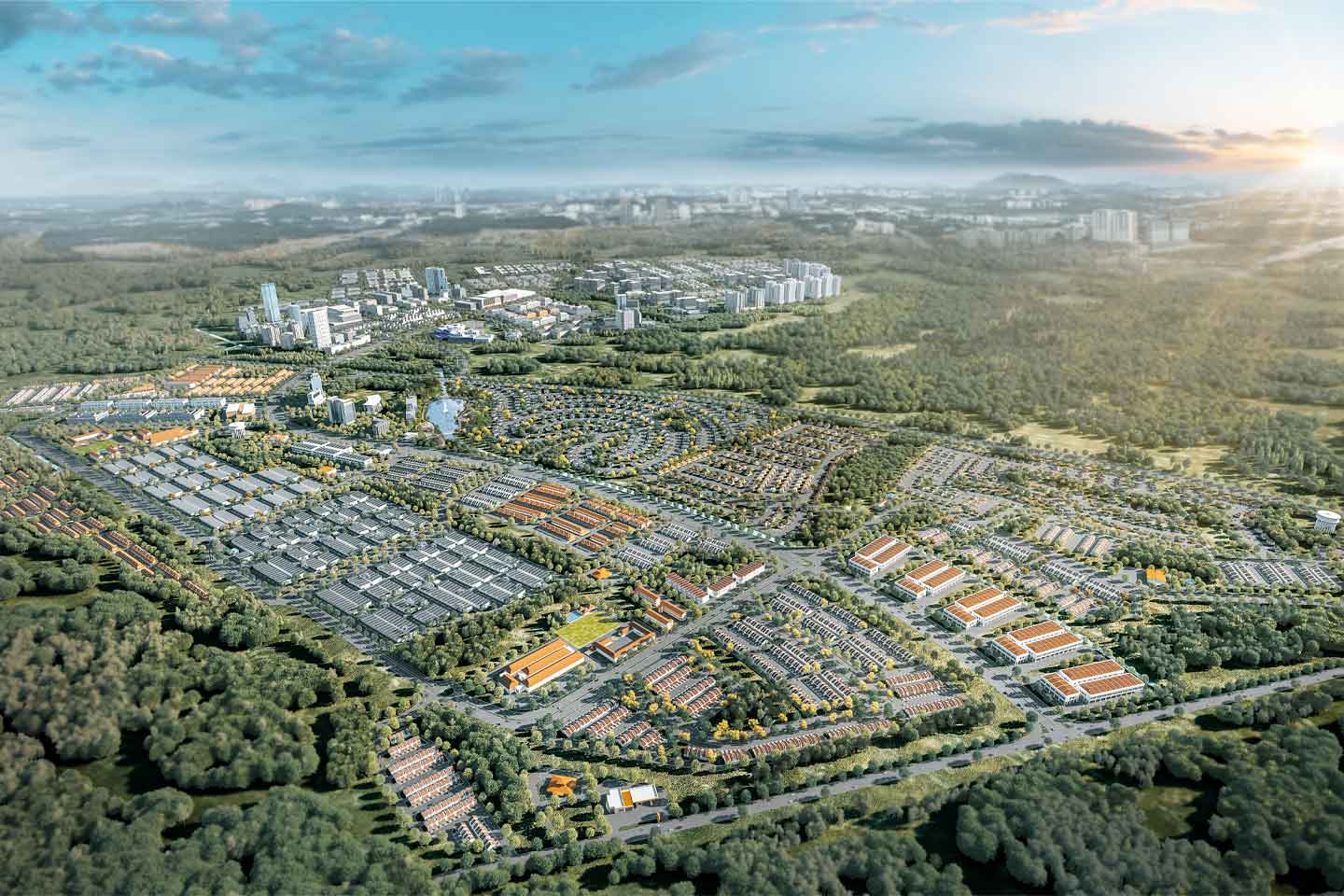While the Malaysia Vision Valley (MVV) is still in its early development phase, strong groundwork and clear direction are being laid, supported by committed state backing, growing interest from investors and developers and improving infrastructure.
“In our view, early movers should benefit from lower entry costs and first-mover advantage,” said Maybank Investment Bank.
Rather than competing with other states like Johor, Selangor, and Penang, NS positions itself as a complementary partner, leveraging its affordable freehold land, improving infrastructure, and strategic location near KLIA and Port Klang.
To attract investors and industrial players, the state has introduced a “Fast Lane” initiative aimed at reducing the investment approval timeline from 24 months to 14 months.
Infrastructure developments/upgrade are also underway, including the Nilai–Labu Expressway, slated to complete in the second half of 2026 (2H26), and plans to build Malaysia’s first AI-powered container port in Port Dickson via a 20:80 public-private collaboration.
While we expect a longer development period for MVV2.0 given its relatively undeveloped state compared to Selangor and JSSEZ with much of the land still in agricultural form with less established infrastructure, its strategic location as a natural extension of Greater KL and relatively lower land costs should allow it to benefit from the spillover of KL and Selangor’s rapid growth.
MVV2.0 has the potential to emerge as a key industrial hub in central Malaysia, especially following the National Investment Council’s approval in Oct 2024 for NS, Selangor, Malacca, and KL to establish a distinct industrial cluster identity.
The state government emphasised MVV2.0’s relatively lower land costs and its strategic location near KLIA and Port Klang, positioning it as a complementary extension to Greater Klang Valley (KV).
Rather than positioning itself in direct competition with Johor, Penang, or Selangor, Negeri Sembilan aims to complement these industrial powerhouses by supporting their supply chains.
With its proximity to key logistics hubs like KLIA and Port Klang, NS is well-positioned to absorb spillover demand from neighbouring states.

A clear example is Malaysia Semiconductor IC Design Park in Selangor, where major suppliers including a Taiwan AI server company have chosen to locate their factories in NS, demonstrating a growing cross-border industrial ecosystem.
The state has identified four (4) key sectors for focused development i.e. electrical & electronics (Senawang), pharmaceuticals and food processing (Enstek and Springhill), and aerospace (Labu).
These zones are supported by both private developers and state facilitation bodies. As the state does not own large tracts of industrial land, industrial zone development in Negeri Sembilan is largely driven by private developers.
The state government typically plays a facilitative and promotional role, with NS Corp participating in select projects via public-private partnerships. For instance, NS Corp will own 15% stake in MCH’s MVV City and ECW’s Eco Business Park VII projects.
To align workforce readiness with investor needs, talent pipelines are being developed in collaboration with local institutions such as UPM, UiTM, and Politeknik Port Dickson.
This sector-focused approach, coupled with strong government-industry collaboration, forms the backbone of Negeri Sembilan’s industrial strategy.
To boost investor confidence and accelerate project kick-off, the state has introduced the Fast Lane initiative, aimed at reducing the approval cycle from 24 months to 14 months.
The initiative involves close coordination among state agencies like Invest NS, NS Corp, and technical authorities to streamline regulatory processes and help investors secure permits and begin construction or operations more efficiently.
Key projects include the Nilai–Labu Expressway (NLE). The expressway, which is expected to be completed by 2H 2026, will enhance east-west connectivity within MVV. Additionally, the state is also looking to upgrade the Seremban train terminal, backed by MYR100m in federal funding.

To further enhance MVV2.0’s logistics ecosystem and connectivity, the state plans to develop Malaysia’s first AI-powered container port in Port Dickson through a 20:80 public-private partnership.
These infrastructure upgrades aim to attract investment while improving long-term logistical efficiency and regional competitiveness.
Separately, the state has secured three large-scale data centre investments, with the most recent one (foreign investor) recently finalised.
One of Negeri Sembilan’s most compelling advantages is the availability of freehold industrial land at relatively lower pricing comparing to neighbouring state.
The state allows both local and foreign investors to acquire industrial land with permanent ownership. —July 15, 2025
Main image: Bandar Springhill




